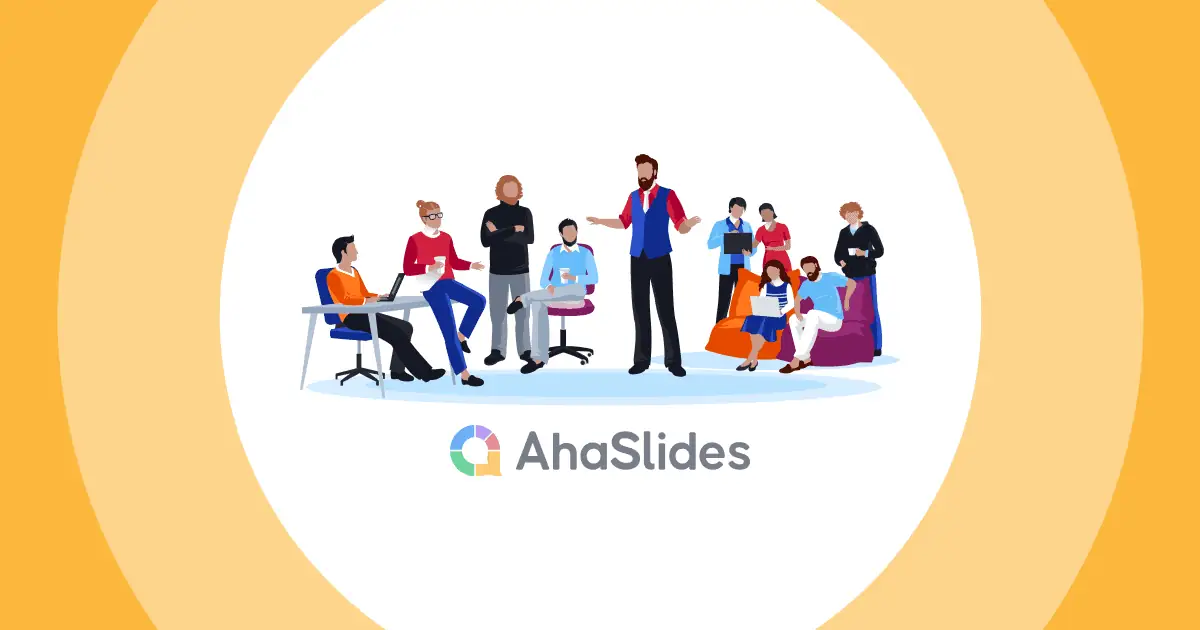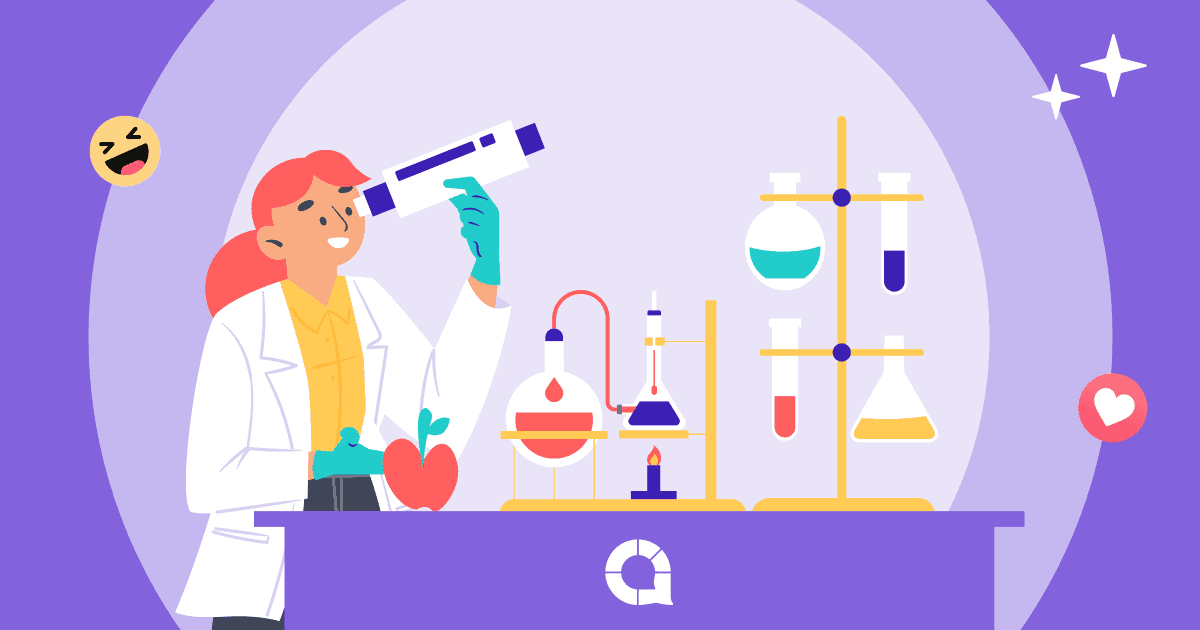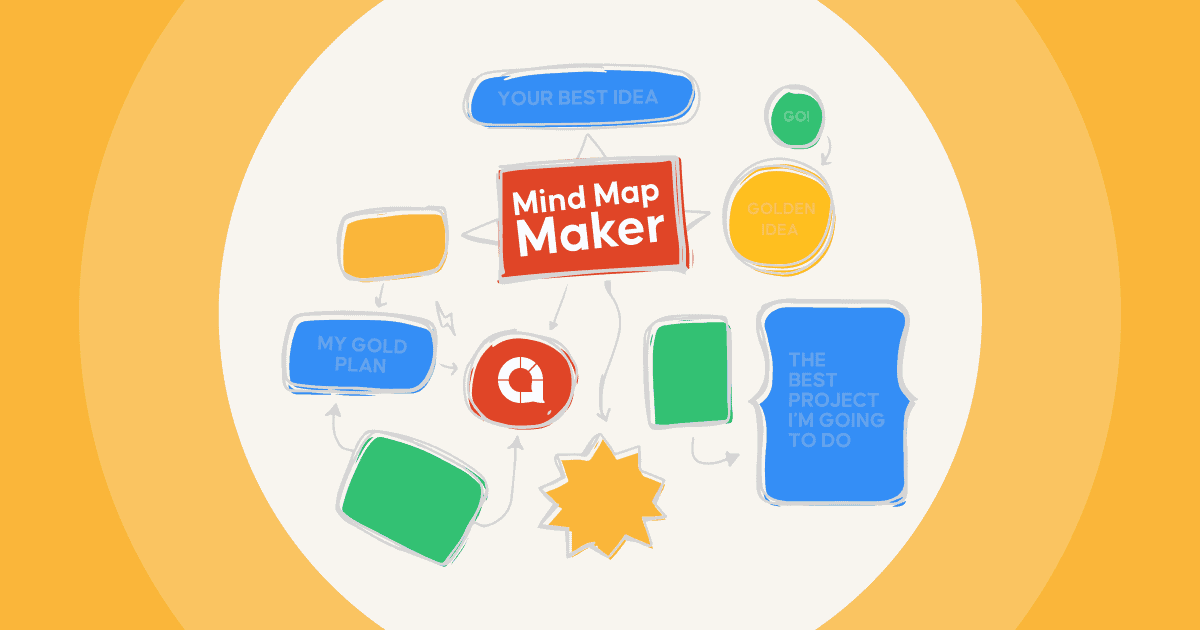What kind of Brainstorm techniques are you using in your daily life?
You will be surprised that you can train your brain to work for you either individually or corporate with others to deliver ideas faster and find out the best solution when you use the right brainstorming techniques. Check out the best 10 ways to make your mind work for you whether you are doing research, identifying problems, developing new products, and more.
📌 Tips: Idea Generation Process | 5 Best Idea Generating Techniques | 2025 Reveals
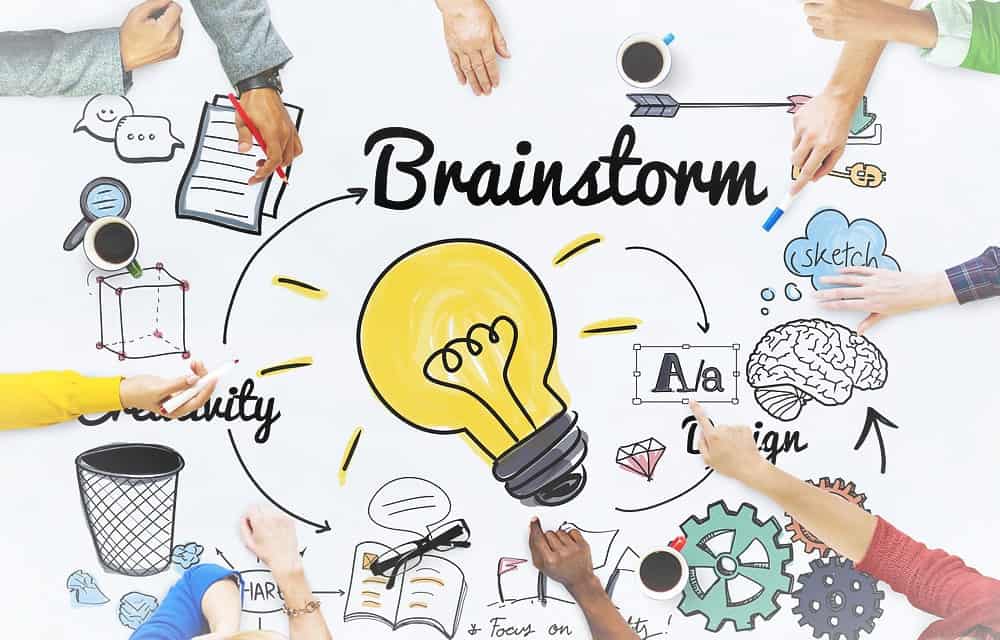
Table of Contents
- What does it mean by brainstorm?
- Golden rules of brainstorm
- 10 brainstorm examples and techniques
- Reverse Brainstorming
- Virtual Brainstorming
- Associative Brainstorming
- Brainwriting
- Swot Analysis
- Six Thinking Hats
- Nominal Group Techniques
- Projective Techniques
- Affinity Diagram
- Mind mapping
- Bottom Line

Need new ways to brainstorm?
Use fun quiz on AhaSlides to generate more ideas at work, in class or during gatherings with friends!
🚀 Sign Up For Free☁️
What does it mean by brainstorming?
To brainstorm means to generate a large number of ideas or solutions to a particular problem or topic, typically in a group setting. It often involves encouraging free and creative thinking, and suspending judgment or criticism of ideas in order to allow for more unconventional or innovative suggestions to emerge.
The goal of this activity is to generate a wide range of potential options or solutions, which can then be evaluated, refined, and prioritized as needed. Brainstorming can be a useful technique for problem-solving, creative thinking, and idea generation in many different contexts, such as business, education, and personal development.
5 Golden Rules of Brainstorm
To make your brainstorming session effective and efficient, there are some principles that you should follow.
Defer judgement
Encourage all participants to suspend judgment and criticism of ideas. Avoid evaluating or rejecting ideas as they are proposed, as this can destroy creativity and discourage participation.
Strive for quantity
Every idea matters. Motivate the group to generate as many ideas as possible, without worrying about their quality or feasibility. The goal is to generate a large number of ideas, which can then be evaluated and refined later.
Build on each other's ideas
Foster participants to listen to and build on each other's ideas, rather than working in isolation. This can help to spark new ideas and create a collaborative atmosphere.
Stay focused on the topic
Make sure that all ideas generated during the brainstorming session are relevant to the topic or problem being discussed. This can help to keep the group focused and avoid wasting time on unrelated or off-topic ideas.
Encourage wild ideas
Encourage participants to think outside the box and propose unconventional or "wild" ideas. These ideas may not be practical or feasible, but they can often lead to more innovative and creative solutions.
10 Brainstorm Examples and Techniques
You might do brainstorming before, and wondered why sometimes it works and sometimes it doesn't. It isn't about your smartness, it is likely you are doing the wrong methods. For a certain case, you might apply a specific technique, or that is just waiting for time. You might check out these following methods and their brief to improve your brainstorming skills.
🎉 Tips: Idea Board | Free Online Brainstorming Tool
Reverse Brainstorming
Reverse brainstorming is a problem-solving technique that encourages people to approach the problem from a different perspective, which involves generating ideas for how to create or exacerbate a problem, rather than how to solve it.
By using the Reverse strategy, people can identify the underlying causes or assumptions that are contributing to the problem and overcome cognitive biases or entrenched ways of thinking that may be limiting the effectiveness of traditional brainstorming approaches.
Virtual Brainstorming
Virtual brainstorming is a collaborative idea-generation process that takes place online, typically through video conferencing, chat platforms, or other digital collaboration tools.
Virtual brainstorming allows participants to work together remotely, regardless of their physical location, and can be an effective way to overcome scheduling conflicts or travel restrictions.
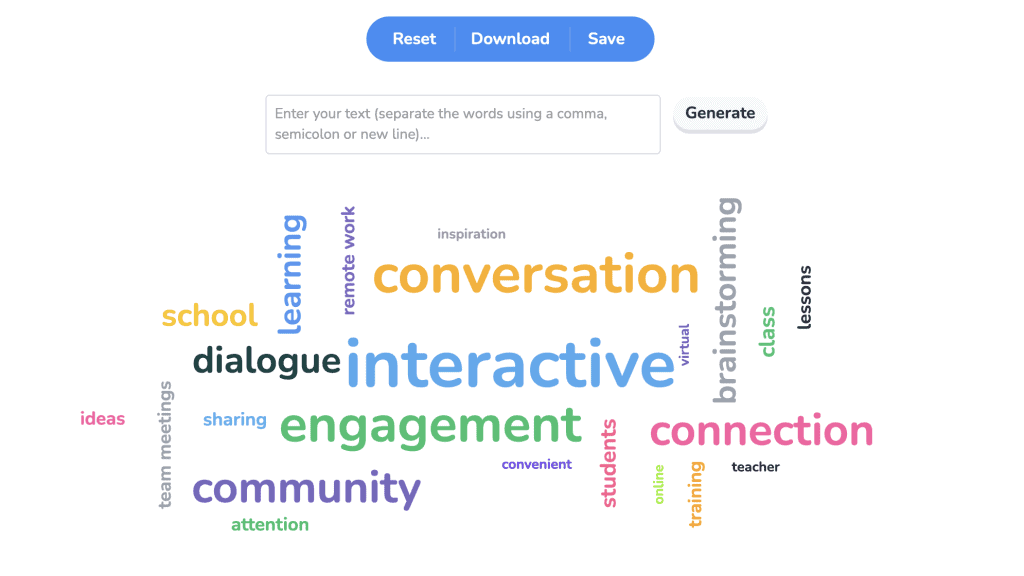
Associative Brainstorming
Associative brainstorming, also known as the free-association thinking strategy, is a technique for generating ideas by making connections between seemingly unrelated concepts or ideas.
The process involves starting with a single concept or idea and then allowing the mind to free-associate and generate related or tangentially connected ideas. This can be done individually or in a group setting and can be used to stimulate creative thinking and generate new perspectives on a problem or topic.
Brainwriting
Brainwriting can be a useful technique for generating a wide range of ideas in a structured and collaborative way, while also giving participants time to reflect and organize their thoughts.
It involves writing down ideas instead of verbally sharing them. In a brainwriting session, each participant is given a piece of paper and asked to write down their ideas on the given topic or problem for a specified amount of time. After the time is up, the papers are passed to the person next to them, who reads the ideas and then adds their own ideas to the list.
Swot Analysis
SWOT analysis is used to identify and evaluate the internal and external factors that might affect a business or product or idea development, which includes four components: Strengths, Weaknesses, Opportunities, and Threats.
Utilizing SWOT analysis is an effective way to gain a broad understanding of the factors affecting a business or idea, and for identifying key issues and challenges that need to be addressed. However, it should be used in conjunction with other analytical tools and techniques and should be supplemented with more detailed analysis and research as needed.
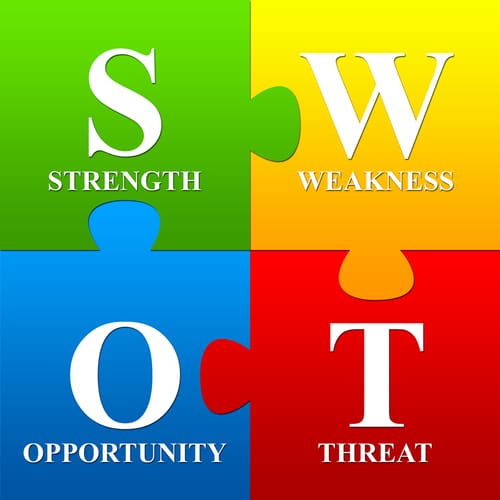
Six Thinking Hats
When it comes to resolving decision-making, Six Thinking Hats, developed by Edward de Bono can be a useful tactic. It involves using different modes of thinking represented by six coloured hats to analyze a problem or idea from different perspectives. Each hat represents a different way of thinking and encourages participants to focus on specific aspects of the problem or idea.
Here are the six thinking hats and their associated modes of thinking:
- White Hat - Focuses on objective data and facts
- Red Hat - Encourages intuitive and emotional thinking
- Black Hat - Analyzes potential problems and risks
- Yellow Hat - Identifies opportunities and benefits
- Green Hat - Generates creative and innovative ideas
- Blue Hat - Manages the thinking process and facilitates discussion
Nominal Group Techniques
Regarding making decisions, nominal group techniques are worth considering. It encourages all participants to contribute their ideas in a structured and controlled manner. It is often used in situations where a group needs to generate a large number of ideas and then prioritize them.
Some impressive advantages of these techniques can be mentioned as reducing the influence of dominant personalities or groupthink on the decision-making process and providing a fair and transparent process for decision-making.
Projective Techniques
Projective techniques are usually used in doing surveys in marketing, advertising, and product development to gain insights into the attitudes and beliefs of consumers. It aims to seek unusual ideas, along with uncovering hidden attitudes and beliefs of consumers or target audiences to promote creative and innovative resolutions.
Some common examples of using the methods are as follows:
- Word Association
- Image Association
- Role Playing
- Storytelling
- Sentence completion

Affinity Diagram
An Affinity Diagram is a tool used to organize and categorize a large amount of information or data into related groups or themes. It is often used in deep thinking and problem-solving sessions to help identify patterns and relationships among ideas.
It brings plenty of benefits for the organization: promotes collaboration and consensus-building among team members; encourages creativity and innovative thinking by identifying patterns and relationships among ideas; provides a visual representation of the data that is easy to understand and communicate; helps to identify areas for further investigation or analysis
Mindmapping
Mind mapping is not a new concept in brainstorming activities especially in memorizing and learning. It is a versatile and powerful tool that can help individuals and teams to generate new ideas, solve problems, plan projects, and communicate more effectively. It encourages creativity, and visual thinking, enhances memory, facilitates communication, increases productivity, and encourages organization.
Bottom Line
It is crucial to brainstorm ideas properly. And using different brainstorming tools can help you manage productive idea generation and decision-making. Are you ready to start training your mind? Need more ideas to engage and stimulate your teams to think out of the box, check out more AhaSlides brainstorming templates.
Ref: UNC | Atlasssian

